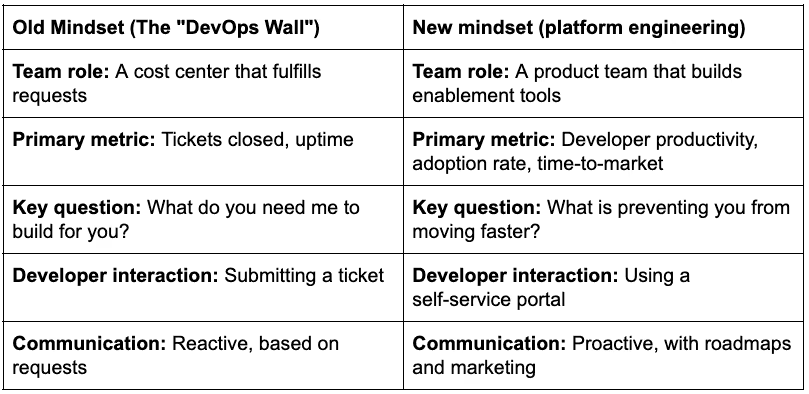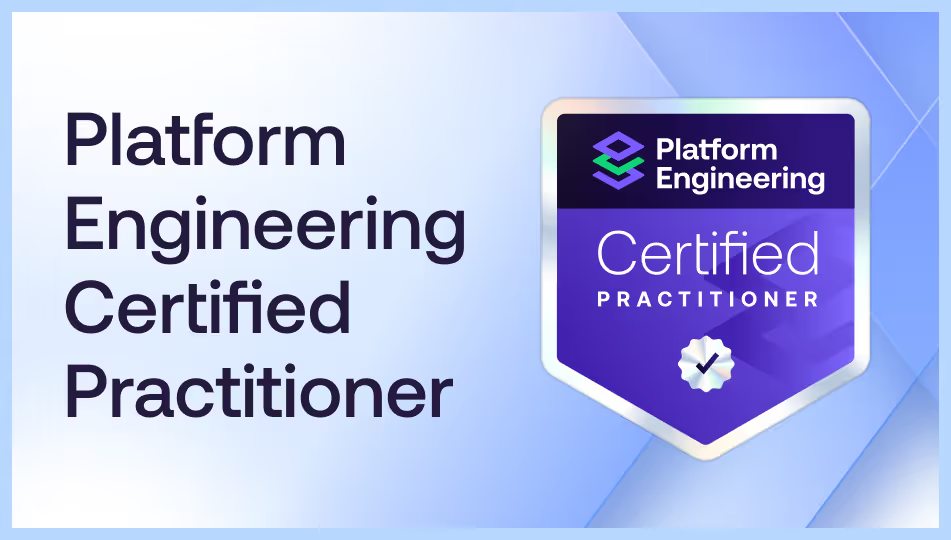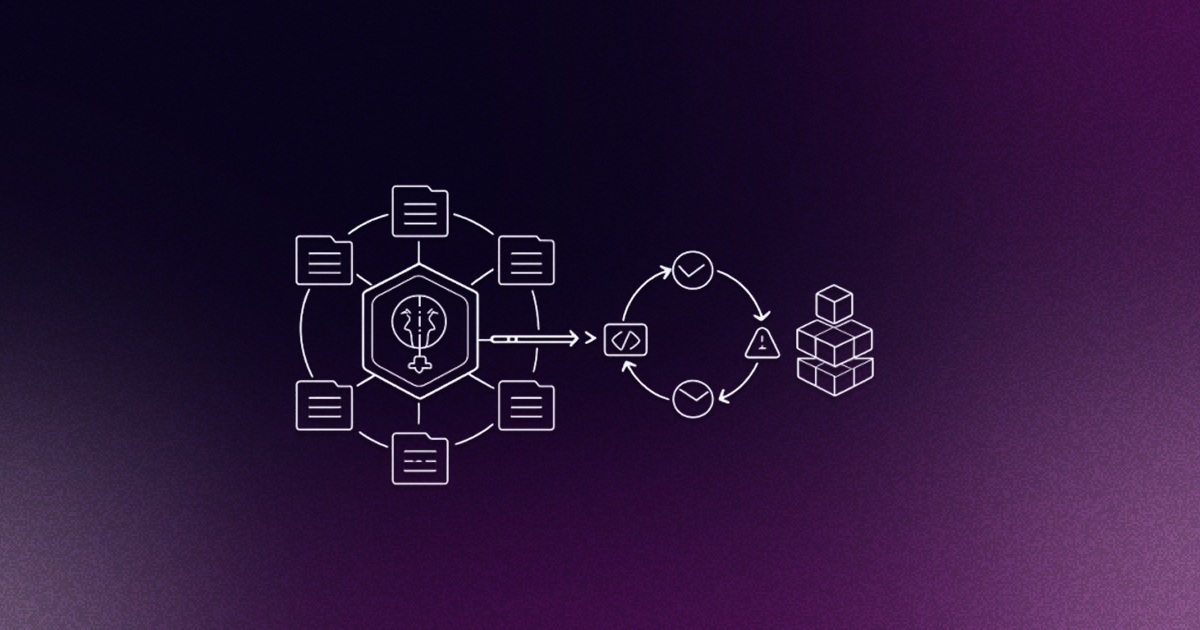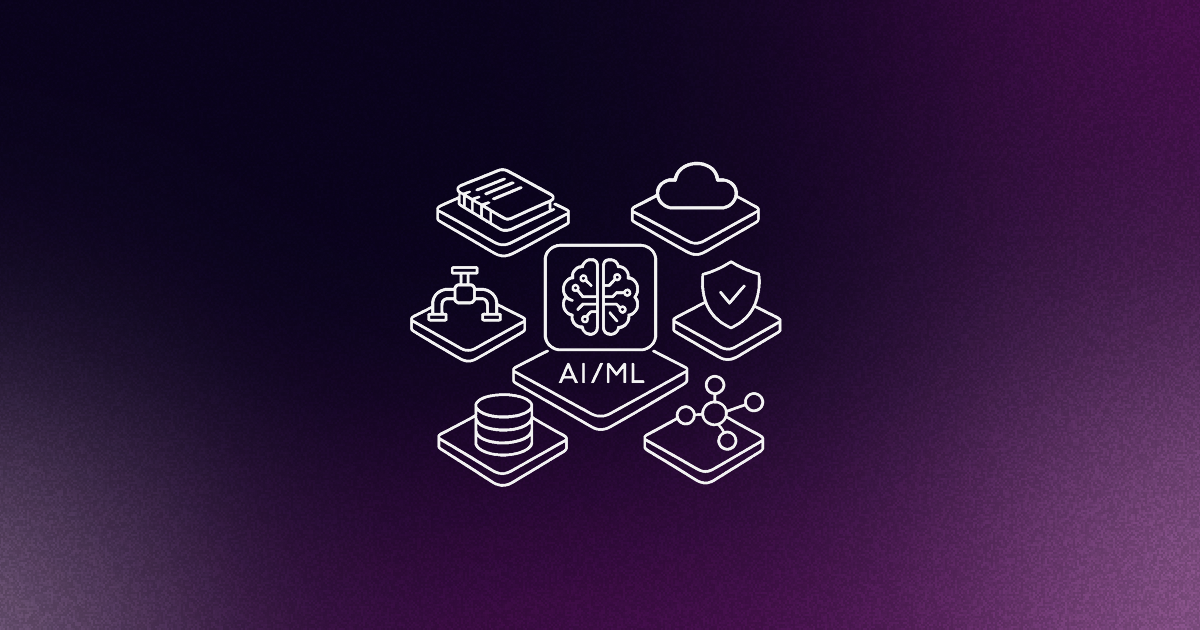If there's one thing I've seen over and over again in my day-to-day as an architect at Red Hat, it's tech teams hitting the same wall. They’ve adopted DevOps, they automate, they collaborate… but something’s still off. The spark just isn't there anymore.
It’s not like everything blows up one day, you know? It's more of a slow, exhausting drip. Suddenly, you realize that a new developer takes weeks to be able to deploy their first line of code. And let's not even talk about getting to production. It feels like a bureaucratic obstacle course, filled with tickets, permissions, and meetings. The truth is, while everyone talks about agility, the reality feels heavy, slow.
If any of this churns your stomach, believe me, you're not alone. That is the exact moment when many raise their hands and ask, So, what's next? The answer, increasingly, is platform engineering.
The Blueprint is winning hearts, not forcing hands
Let's be honest, the biggest mistake you could make is to build a platform and just throw it over the fence at your developers. I've seen that strategy fail. Every single time.
The open secret of a successful implementation is radically different: the platform is built for them and, above all, with them.
- First, coffee. Then, code. Before you touch a single line of YAML, the mission is to sit down and talk. To truly listen. Don't ask, What tool do you want? Ask, What frustrates you every day? What steals your time and energy? That's where you'll find gold. And that’s where you can start whispering in their ear what a future without those headaches would look like.
- A product mindset, not a project mindset. This is where many stumble. A project has an end date. Your platform doesn't. Your platform is a living thing. It needs a team to nurture it, to listen to its customers (the developers), and to have a roadmap for its evolution. If not, it just becomes a nice piece of old furniture that nobody wants to use.
- Your first golden path. Don't try to build the entire interstate highway at once. Start by paving the most traveled, pothole-filled street. Usually, that’s the path to creating and deploying a new service. And this is where tools like Backstage or Red Hat Developer Hub come into play. They are much more than just a portal; they're like giving your teams an internal Waze that shows them the fastest, safest route, avoiding all the bureaucratic traffic.
- Let adoption be a consequence, not a command. If what you've built is good, if it truly saves them work and frustration, people will come on their own. Teams will start using the platform because, quite simply, it's the smartest way to work. And there is no metric more powerful than that organic adoption.
From service provider to product team
Ultimately, this journey is about transforming how the organization perceives internal platforms. It’s a move away from a reactive ticket-based system to a proactive product-based one, summarized by this change in mindset:

The obstacles no one tells you about
Of course, this journey has its own dragons. And the biggest, most fearsome one is almost never technology.
The real monster is culture. I've seen teams wanting to jump on the platform engineering train just because it's the latest trend, without even having a minimally solid DevOps culture in place. It's like wanting to run a marathon without ever having jogged around the block.
Then there's the resistance to touching those sacred processes that have always been done this way. And, of course, the great ghost of cost and time. All of this requires patience and, above all, backing from someone upstairs who understands that this isn't an expense, it's an investment in speed.
But if I had to point to the kiss of death for a platform, it's this: treating it like a project. The moment the team says, Alright, we're done! and disbands, you've just put an expiration date on your shiny new platform.
What sweet victory looks like
But when things work, it's a thing of beauty. It's not just a DORA metrics chart going up. It's the sigh of relief from a developer who deploys in minutes. It's the smile on a product manager's face when they see their ideas reach the market twice as fast. It's the time freed up for the smartest people in your company to focus on innovating, not on fighting with infrastructure.
A final piece of advice: Your platform needs good marketing
And here's a little secret I've learned the hard way: the best platform in the world is useless if no one knows it exists or if it seems boring.
So, treat your demos and your documentation like the marketing campaign for the next big blockbuster. Record engaging videos. Create inspiring narratives. Design a portal with a good name, a catchy logo, something that gives it an identity!
Your mission isn't just to deliver a tool. It's to start a movement. It's to sell a vision of a more humane, more creative, and less frustrating way of working. When a developer finishes watching a demo and the first thing they think is, I want that for my team, believe me, you've already won.












